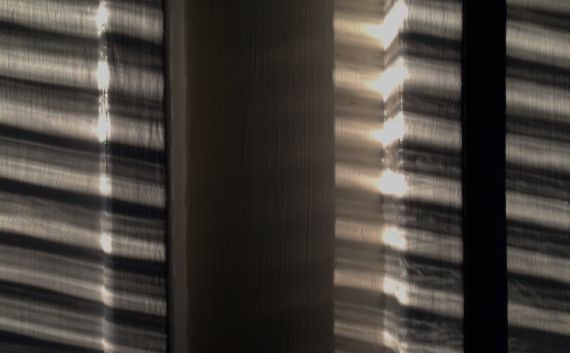
I’m back to slogging through the details of Rome’s architectural history (mostly before about AD 400). I find that I have to parse the details first and get them close to “right,” then I try to step back and see…patterns. This afternoon it finally hit me that two ancient shrines were adjacent—shrines to water and fire. The legends place both in very ancient times, so they probably pre-date Rome-ness in some form.
The water shrine (and pool) is the Lacus Juturnae, and the fire-shrine is the Aedes Vestae (usually termed temple in English, blurring the difference between shrine and temple to the Romans). An everyday nymph honored by the first, Vestal Virgins tending the second….
The ancient histories record that there was a sacred grove around the Temple of Vesta, so the Lacus, only a few meters away, must also have been in the grove…. To me they seem like they were paired, at least symbolically, in early times. As Rome grew, the importance of the Lacus must have waned, based on its small footprint and reduced ease of access—plus the insertion of a ramp between the two (attributed to Emperor Domitian, b.51–d.96; it connected the Imperial palace atop the Palatine with the Forum).
Anyway, when I finally put this all together, the fire-water neighborhood seemed especially important, culturally loaded, and… ignored in the literature that I’ve peeked at…so I’m probably just taking meaning when there was none. Ah, can’t be the first time that’s happened (sarcasm). 🙂